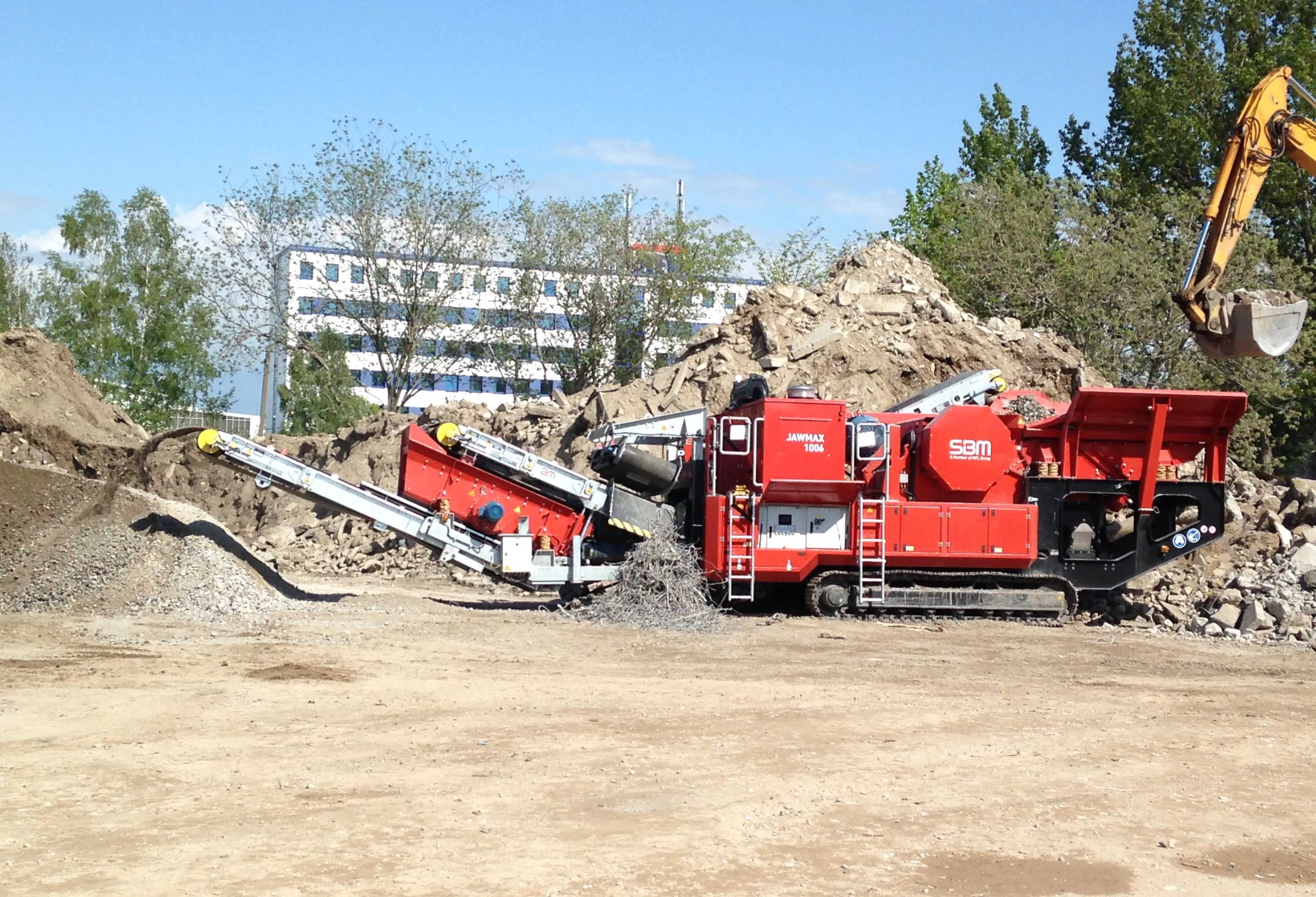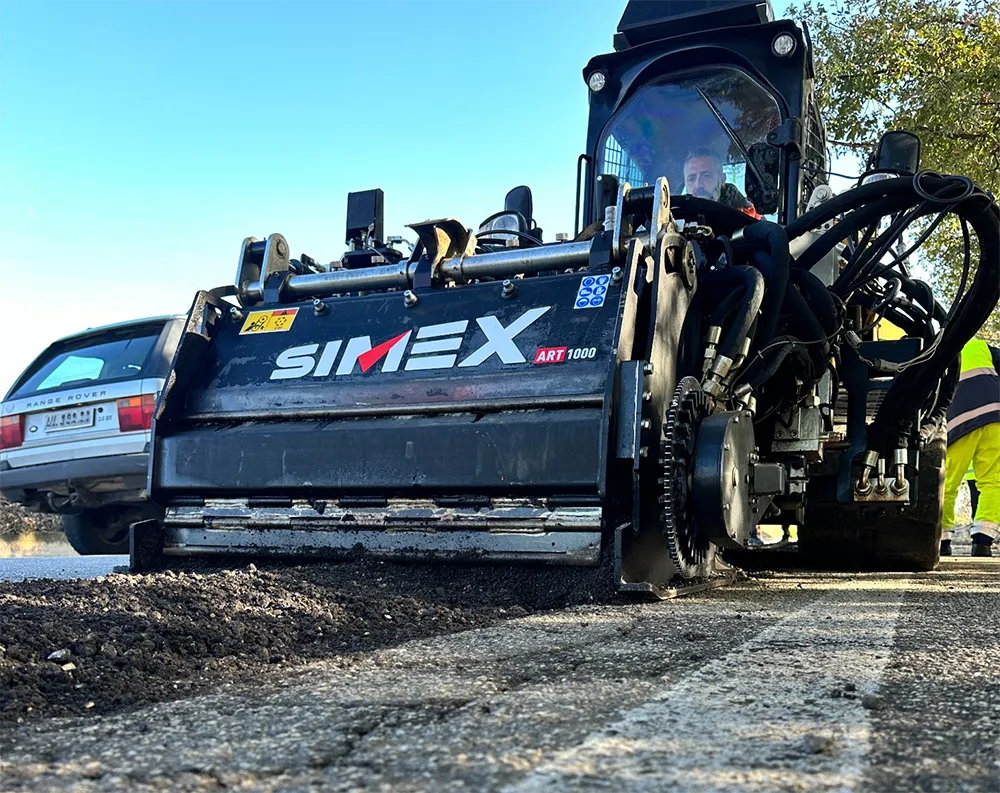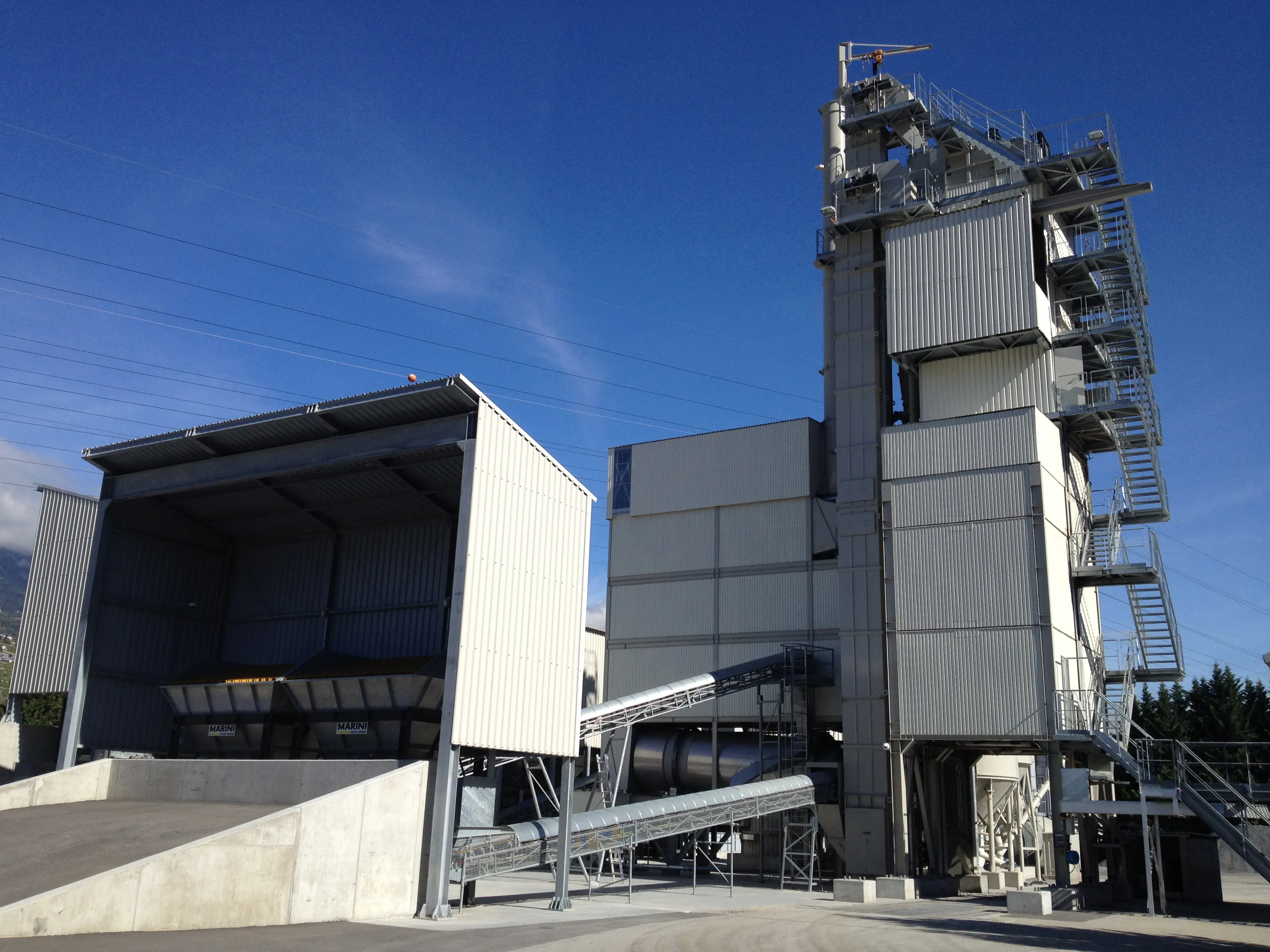SBM is widening its range of crushing and screening and concrete plant solutions, with versatile new models that are highly mobile. The firm’s new JAWMAX 1006 MAXI unit is a mobile crushing and screening plant that features the STE 100.60 jaw crusher. The machine has been tested extensively to prove its performance and capabilities. According to SBM the JAWMAX has been proven in applications with limestone, granite, recycling of construction rubble and slag. The JAWMAX is said to offer ease of setting up on
January 16, 2017
Read time: 2 mins

The new unit is designed to prevent damage to the crusher as well as unnecessary repair times and down times. Overload protection prevents tramp metal or other items from damaging or blocking the crusher. Meanwhile the automatic gap adjustment opens the crusher gap so an unbreakable item can safely leave the crusher. Afterwards the movable crushing jaw resumes the predefined normal position and the crushing process continues without any further delay. The STE 100.60 unit can handle feed sizes with dimensions up to 950 mm x 550 mm at a throughput capacity up to 200tonnes/hour, which can be processed to a final grain size of 0/32mm up to 0/200mm.
In addition, SBM is also launching its EUROMIX concrete mixing plant, which is also said to offer versatility and mobility in a compact package, as well as being able to deliver a quality mix.









